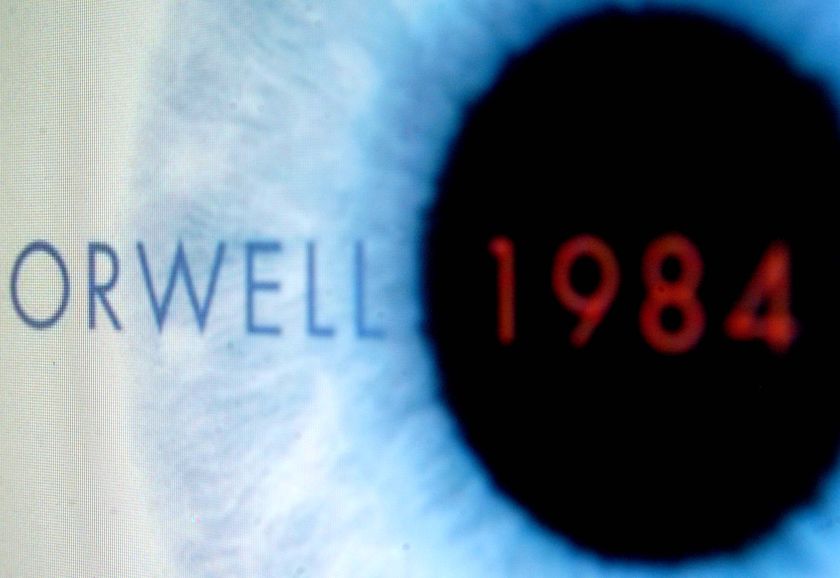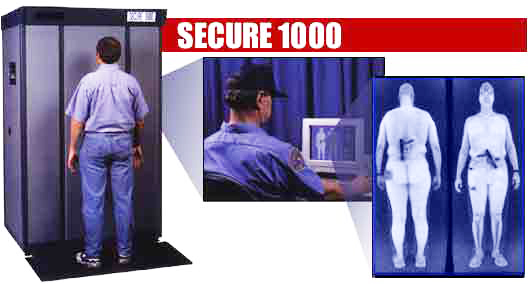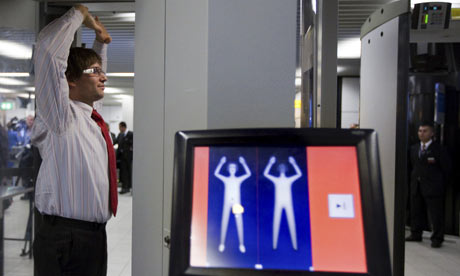The millimeter wave scanners emit a wavelength of ten to one millimeter called a millimeter wave, these waves are considered Extremely High Frequency (EHF), the highest radio frequency wave produced. EHF runs a range of frequencies from 30 to 300 gigahertz, they are also abbreviated mmW. These waves are also known as terahertz (THz) radiation.
A new model of the way the THz waves interact with DNA explains how the damage is done and why evidence has been so hard to gather
Great things are expected of terahertz waves, the radiation that fills the slot in the electromagnetic spectrum between microwaves and the infrared. Terahertz waves pass through non-conducting materials such as clothes , paper, wood and brick and so cameras sensitive to them can peer inside envelopes, into living rooms and “frisk” people at distance.
The way terahertz waves are absorbed and emitted can also be used to determine the chemical composition of a material. And even though they don’t travel far inside the body, there is great hope that the waves can be used to spot tumours near the surface of the skin.
With all that potential, it’s no wonder that research on terahertz waves has exploded in the last ten years or so.
But what of the health effects of terahertz waves? At first glance, it’s easy to dismiss any notion that they can be damaging. Terahertz photons are not energetic enough to break chemical bonds or ionise atoms or molecules, the chief reasons why higher energy photons such as x-rays and UV rays are so bad for us. But could there be another mechanism at work?
The evidence that terahertz radiation damages biological systems is mixed. “Some studies reported significant genetic damage while others, although similar, showed none,” say Boian Alexandrov at the Center for Nonlinear Studies at Los Alamos National Laboratory in New Mexico and a few buddies. Now these guys think they know why.
Alexandrov and co have created a model to investigate how THz fields interact with double-stranded DNA and what they’ve found is remarkable. They say that although the forces generated are tiny, resonant effects allow THz waves to unzip double-stranded DNA, creating bubbles in the double strand that could significantly interfere with processes such as gene expression and DNA replication. That’s a jaw dropping conclusion.
And it also explains why the evidence has been so hard to garner. Ordinary resonant effects are not powerful enough to do do this kind of damage but nonlinear resonances can. These nonlinear instabilities are much less likely to form which explains why the character of THz genotoxic effects are probabilistic rather than deterministic, say the team.
Read moreHow Body Scanner Terahertz Waves Can Tear Apart DNA




